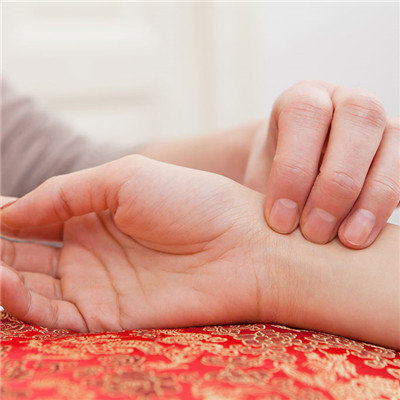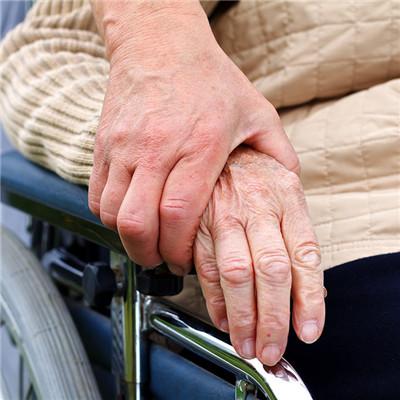What does Chinese medicine mean by "big pulse"?
summary
People's deepest impression of traditional Chinese medicine is to feel the pulse. Most traditional Chinese medicine patients first take "pulse diagnosis" as the first choice of diagnosis method, and then use other "three diagnosis" to judge the disease, collect symptoms, get dialectics, and then suit the medicine to the case. What's the meaning of "pulse big" in traditional Chinese medicine? Let's talk about it
What does Chinese medicine mean by "big pulse"?
"Pulse diagnosis" is one of the "four diagnostic methods" of traditional Chinese medicine. I personally think it is also the most important diagnostic method. My father didn't even need to learn anything when I first began to learn traditional Chinese medicine. He first understood the pulse and said, "pulse diagnosis is a spear of traditional Chinese medicine." In retrospect, I firmly believe it, but there are great differences in pulse diagnosis from ancient times to modern times, even in various famous works.

In ancient times, sages and saints did not focus on the matter of pulse. They thought that seeing and hearing were the first-class views; They believe in "inspection" and "smelling". This is because they think that "pulse diagnosis" can see the "rise and fall of Qi" of this patient. They don't do too many articles here. Whether it is right or not can't be considered. But I don't think the meaning of "pulse diagnosis" stops here.

During the clinical practice of modern clinicians, Zou Danyuan believed that the slow pulse, regardless of the cause of Qi, is mainly cold; Pulse number, regardless of the cause of Qi, is the main heat. In Guan Yuheng's thirty two differentiation of diagnostic pulse in Qing Dynasty, it is said that "late, yin and earth are also, when Yin is prosperous and Yang is deficient, the main body is cold."; "Number, Yang fire, is the pulse of Yang heat too much." this theory is even more popular after being taken out of context, so that in the clinical process, the syndrome differentiation is often inaccurate, which affects the clinical curative effect,

matters needing attention
Different pulse conditions represent different changes of different diseases. The connotation is profound. The above is a simple conclusion, which can not be generalized. In the diagnosis of diseases, the four diagnostic methods should be combined, and there are many changes in each diagnosis. We must not copy them mechanically.
















